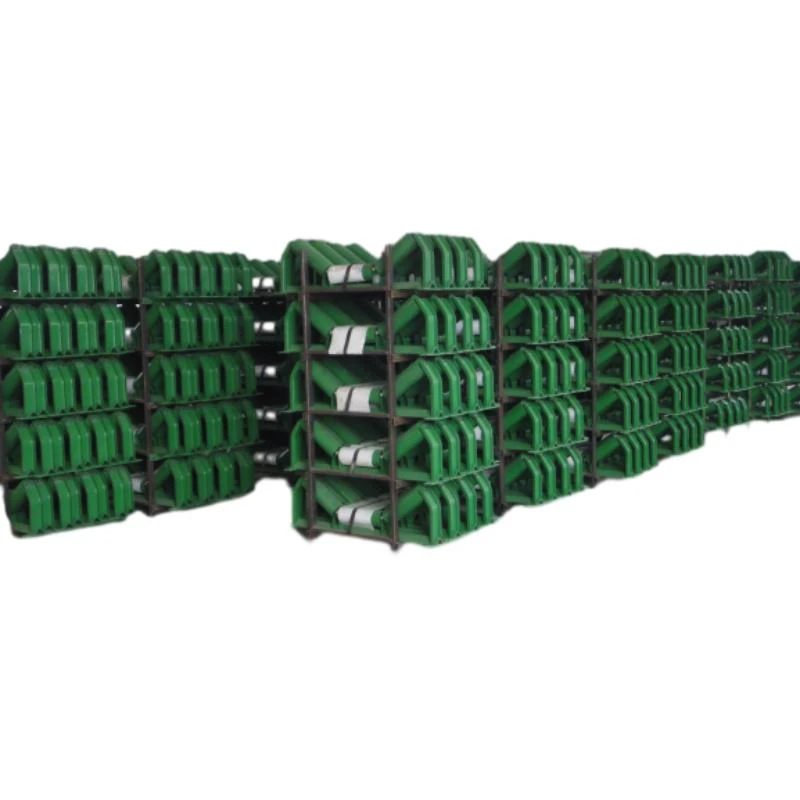 Afrikaans
Afrikaans  Albanian
Albanian  Amharic
Amharic  Arabic
Arabic  Armenian
Armenian  Azerbaijani
Azerbaijani  Basque
Basque  Belarusian
Belarusian  Bengali
Bengali  Bosnian
Bosnian  Bulgarian
Bulgarian  Catalan
Catalan  Cebuano
Cebuano  Corsican
Corsican  Croatian
Croatian  Czech
Czech  Danish
Danish  Dutch
Dutch  English
English  Esperanto
Esperanto  Estonian
Estonian  Finnish
Finnish  French
French  Frisian
Frisian  Galician
Galician  Georgian
Georgian  German
German  Greek
Greek  Gujarati
Gujarati  Haitian Creole
Haitian Creole  hausa
hausa  hawaiian
hawaiian  Hebrew
Hebrew  Hindi
Hindi  Miao
Miao  Hungarian
Hungarian  Icelandic
Icelandic  igbo
igbo  Indonesian
Indonesian  irish
irish  Italian
Italian  Japanese
Japanese  Javanese
Javanese  Kannada
Kannada  kazakh
kazakh  Khmer
Khmer  Rwandese
Rwandese  Korean
Korean  Kurdish
Kurdish  Kyrgyz
Kyrgyz  Lao
Lao  Latin
Latin  Latvian
Latvian  Lithuanian
Lithuanian  Luxembourgish
Luxembourgish  Macedonian
Macedonian  Malgashi
Malgashi  Malay
Malay  Malayalam
Malayalam  Maltese
Maltese  Maori
Maori  Marathi
Marathi  Mongolian
Mongolian  Myanmar
Myanmar  Nepali
Nepali  Norwegian
Norwegian  Norwegian
Norwegian  Occitan
Occitan  Pashto
Pashto  Persian
Persian  Polish
Polish  Portuguese
Portuguese  Punjabi
Punjabi  Romanian
Romanian  Russian
Russian  Samoan
Samoan  Scottish Gaelic
Scottish Gaelic  Serbian
Serbian  Sesotho
Sesotho  Shona
Shona  Sindhi
Sindhi  Sinhala
Sinhala  Slovak
Slovak  Slovenian
Slovenian  Somali
Somali  Spanish
Spanish  Sundanese
Sundanese  Swahili
Swahili  Swedish
Swedish  Tagalog
Tagalog  Tajik
Tajik  Tamil
Tamil  Tatar
Tatar  Telugu
Telugu  Thai
Thai  Turkish
Turkish  Turkmen
Turkmen  Ukrainian
Ukrainian  Urdu
Urdu  Uighur
Uighur  Uzbek
Uzbek  Vietnamese
Vietnamese  Welsh
Welsh  Bantu
Bantu  Yiddish
Yiddish  Yoruba
Yoruba  Zulu
Zulu Impact Rollers for Enhancing Belt Conveyor Performance and Efficiency
The Significance of Impact Rollers for Belt Conveyors
Belt conveyors play a significant role in various industries, riding on the backbone of material handling systems. One of the crucial components that enhance the efficiency and longevity of these systems is the impact roller. These specialized rollers are designed to absorb the energy and impact that materials exert when they are loaded onto the conveyor belt, and their importance cannot be overstated.
Understanding Impact Rollers
Impact rollers are typically installed at the loading points of belt conveyors, where bulk materials are introduced. When materials are dumped onto a moving belt, they exert significant pressure and impact. Without proper support, this impact can lead to premature wear of the conveyor belt, misalignment, and potential equipment failure. Impact rollers are strategically placed to cushion this impact and ensure that the belt remains in optimal condition over time.
The design of impact rollers usually incorporates a rubber or polyurethane outer layer that provides the necessary cushioning effect. This outer layer absorbs shocks, reducing the direct impact on the belt and minimizing the risk of damage. Impact rollers also feature heavy-duty construction, often with additional protection against harsh operating conditions such as dust, moisture, and extreme temperatures.
Benefits of Using Impact Rollers
1. Extended Belt Life By minimizing the stress and damage caused by heavy material loads, impact rollers significantly extend the lifespan of conveyor belts. This reduction in wear and tear leads to fewer replacements and maintenance interventions, translating into cost savings for operations.
2. Improved Efficiency Impact rollers promote better material flow, which in turn enhances the overall efficiency of the material handling system. By ensuring that the material is loaded properly onto the conveyor belt without disruption, these rollers help maintain a steady operation.
impact roller for belt conveyor

3. Reduced Downtime With a decrease in wear and the likelihood of breakdowns, companies can achieve a more reliable operation. Less downtime means that production can continue without interruption, further enhancing operational efficiency.
4. Enhanced Safety Conveyors operate in various environments, including those where heavy machinery is present. Impact rollers contribute to safer operations by stabilizing the material flow and reducing the chances of spillage, which could pose risks to both equipment and personnel.
5. Versatility Impact rollers come in different sizes and designs, making them suitable for a wide range of applications, from mining and quarrying to agriculture and manufacturing. Their adaptability to various industries highlights their critical role in modern material handling systems.
Choosing the Right Impact Roller
When selecting the appropriate impact rollers for a belt conveyor system, several factors should be considered. These include the type of material being conveyed, the weight and size of the load, the speed of the conveyor, and environmental conditions. Working with experienced manufacturers or suppliers can provide valuable insights into selecting the right components tailored to specific operational needs.
Conclusion
In summary, impact rollers are essential components of belt conveyors that contribute significantly to the efficiency and longevity of material handling systems. Their ability to absorb impacts, reduce wear and tear, and improve operational safety makes them indispensable in various industries. As operations push for greater efficiency and productivity, investing in high-quality impact rollers is a step towards achieving these goals. With the right selection and maintenance of impact rollers, companies can ensure smooth and reliable conveyor performance, ultimately leading to enhanced overall productivity.
-
Revolutionizing Conveyor Reliability with Advanced Rubber Lagging PulleysNewsJul.22,2025
-
Powering Precision and Durability with Expert Manufacturers of Conveyor ComponentsNewsJul.22,2025
-
Optimizing Conveyor Systems with Advanced Conveyor AccessoriesNewsJul.22,2025
-
Maximize Conveyor Efficiency with Quality Conveyor Idler PulleysNewsJul.22,2025
-
Future-Proof Your Conveyor System with High-Performance Polyurethane RollerNewsJul.22,2025
-
Driving Efficiency Forward with Quality Idlers and RollersNewsJul.22,2025





























